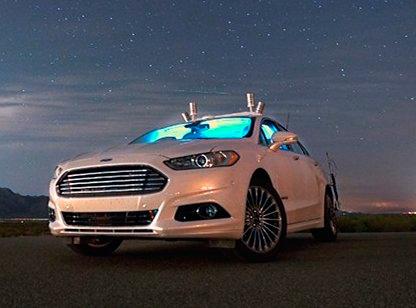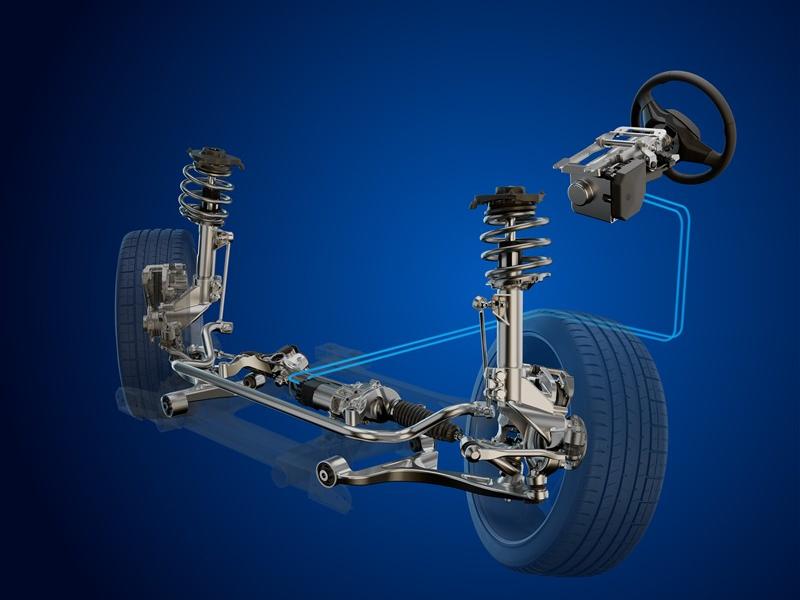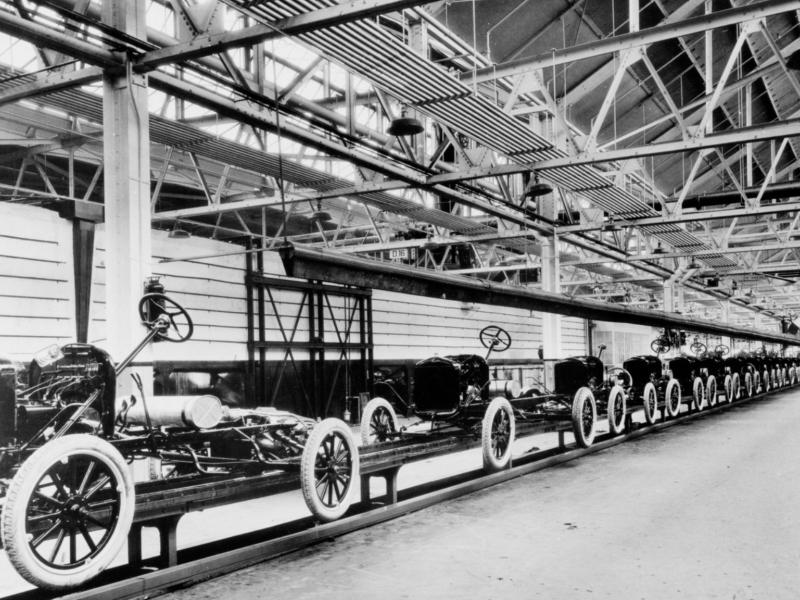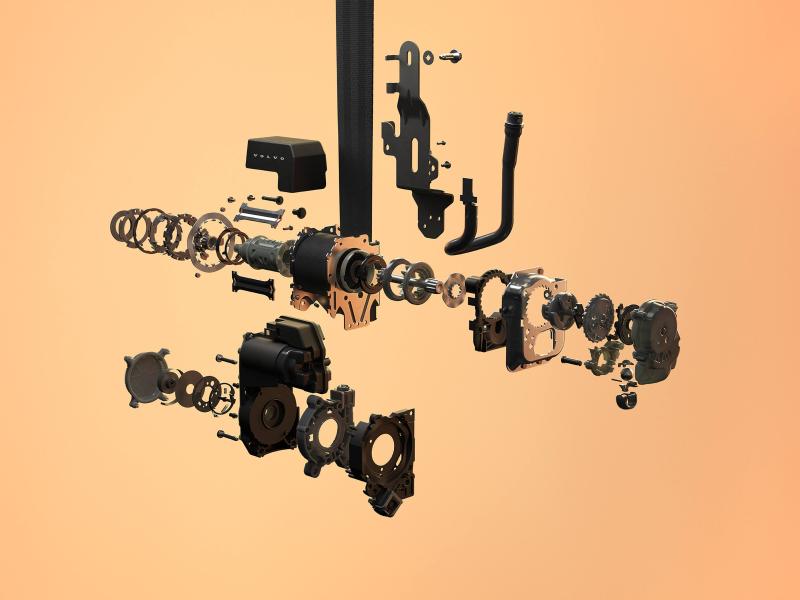Cars that drive themselves, or at least partially drive themselves, has been a hot topic over the last several years. Ford has announced plans for a fully autonomous vehicle in 2021, in addition to already having a variety of semi-autonomous technologies in its current product lineup.
There are so many terms and so many names for these technologies that are sometimes used interchangeably, and sometimes incorrectly. Some people call them autonomous vehicles, semi-autonomous vehicles, or automated cars. The list goes on. Many people think they mean the same thing, but they don’t.
The first step in understanding these terms is to know that the Society of Automotive Engineers (SAE) has standardised the different stages of vehicle automation with five levels, defined by the automotive standardization body. This system is based on how much the driver needs to intervene and pay attention while driving not on vehicle capabilities.
When it comes to “self-driving” cars, here’s what may actually be in development:
- Level 0: You do all the heavy lifting. Vehicles in this level need the driver’s full attention to operate the steering, brakes, throttle and power.
- Level 1: Helping out a little. The majority of the vehicle functions are controlled by the driver, but some other functions can be controlled by the car automatically (i.e. cruise control).
- Level 2: Being ready to take the wheel. At least two functions in the vehicle are automated where the driver isn’t physically operating the vehicle. However, the driver still has to stay alert in case he/she has to take control.
- Level 3: Learning to let go. Although drivers are still required to be present and alert at this level, most safety-critical functions and controls are shifted almost completely to the vehicle. However, the driver must be ready to intervene if necessary.
Today, most automakers are at Levels 1, 2 or 3, which are referred to as semi-autonomous because the driver is required to be involved at some point in the driving.
- Level 4: Sit back and enjoy the ride. This is where you can call a vehicle fully autonomous (sometimes called a driverless car, self-driving car or automated car). The vehicles are designed to perform all safety-critical driving functions and monitor road conditions, but only in specific areas mapped in 3D during weather appropriate for the best performance of sensor technology.
- Level 5: You can even look at your phone. No humans are needed as the vehicle won’t have a steering wheel or accelerator pedal for the driver to use.
Despite the general public only able to read about the progress of autonomous vehicles and not actually able to get behind the wheel right now, these vehicles are on the horizon – and Ford wants to be the motor manufacturer that will make them accessible to all.






